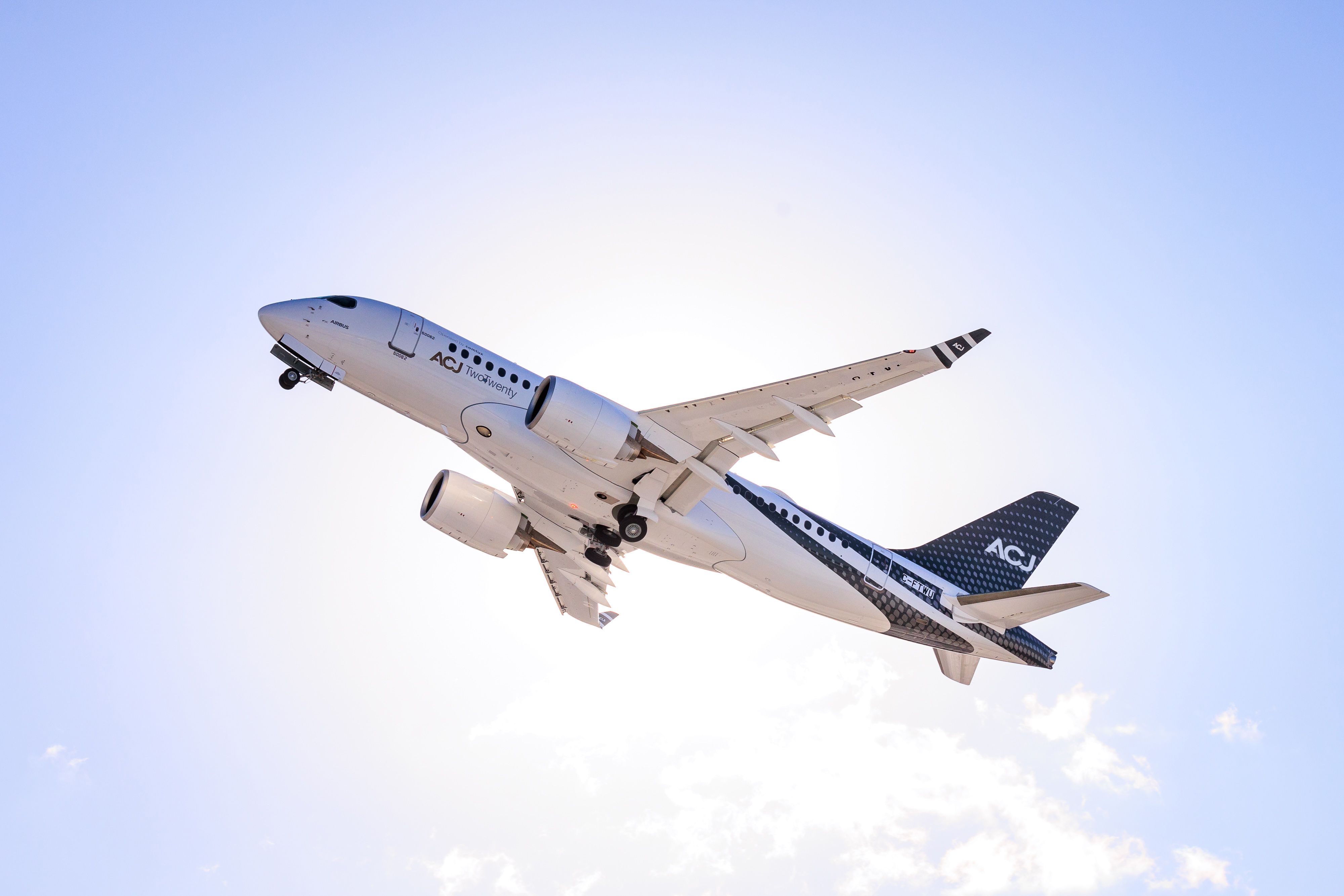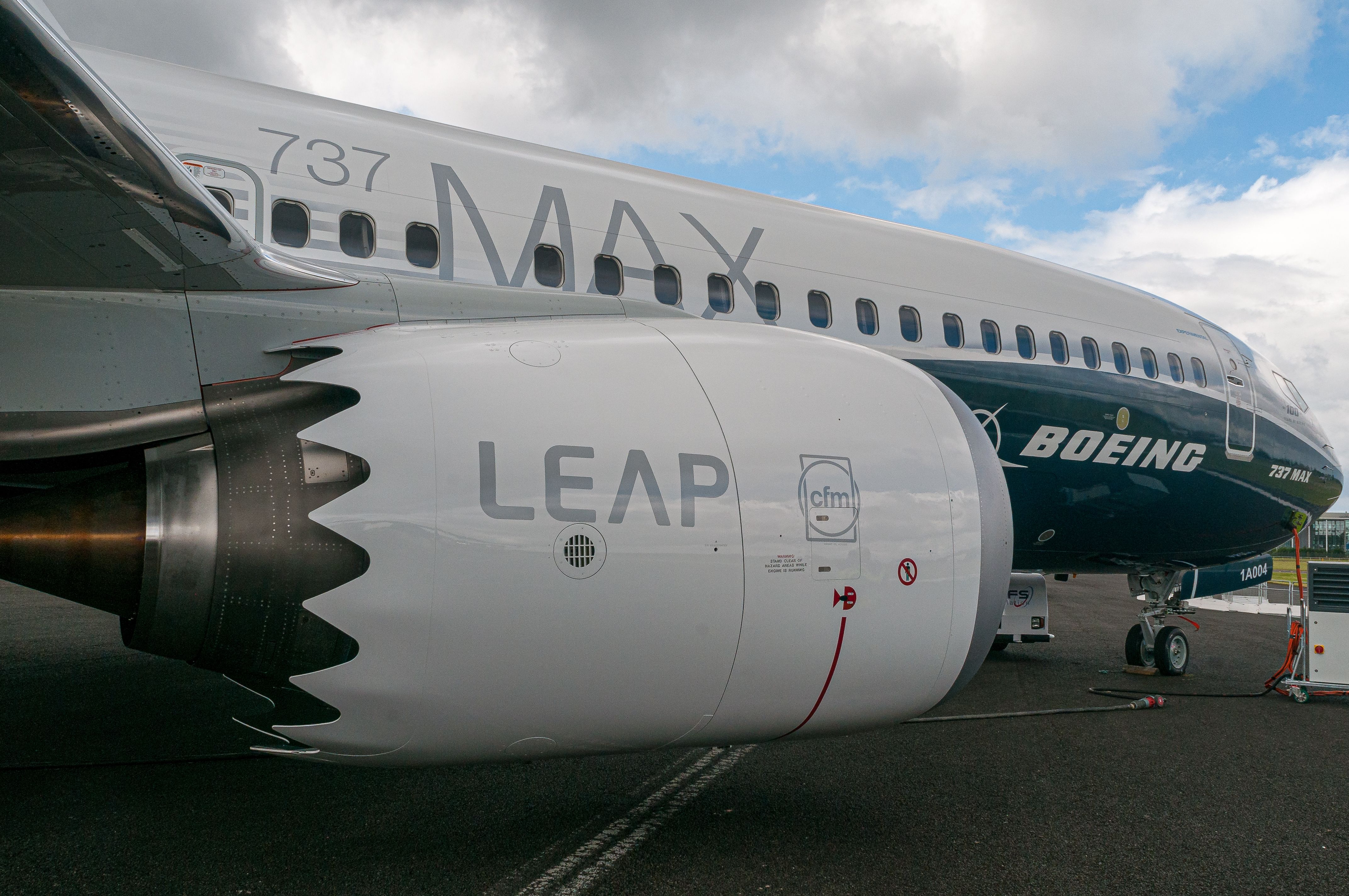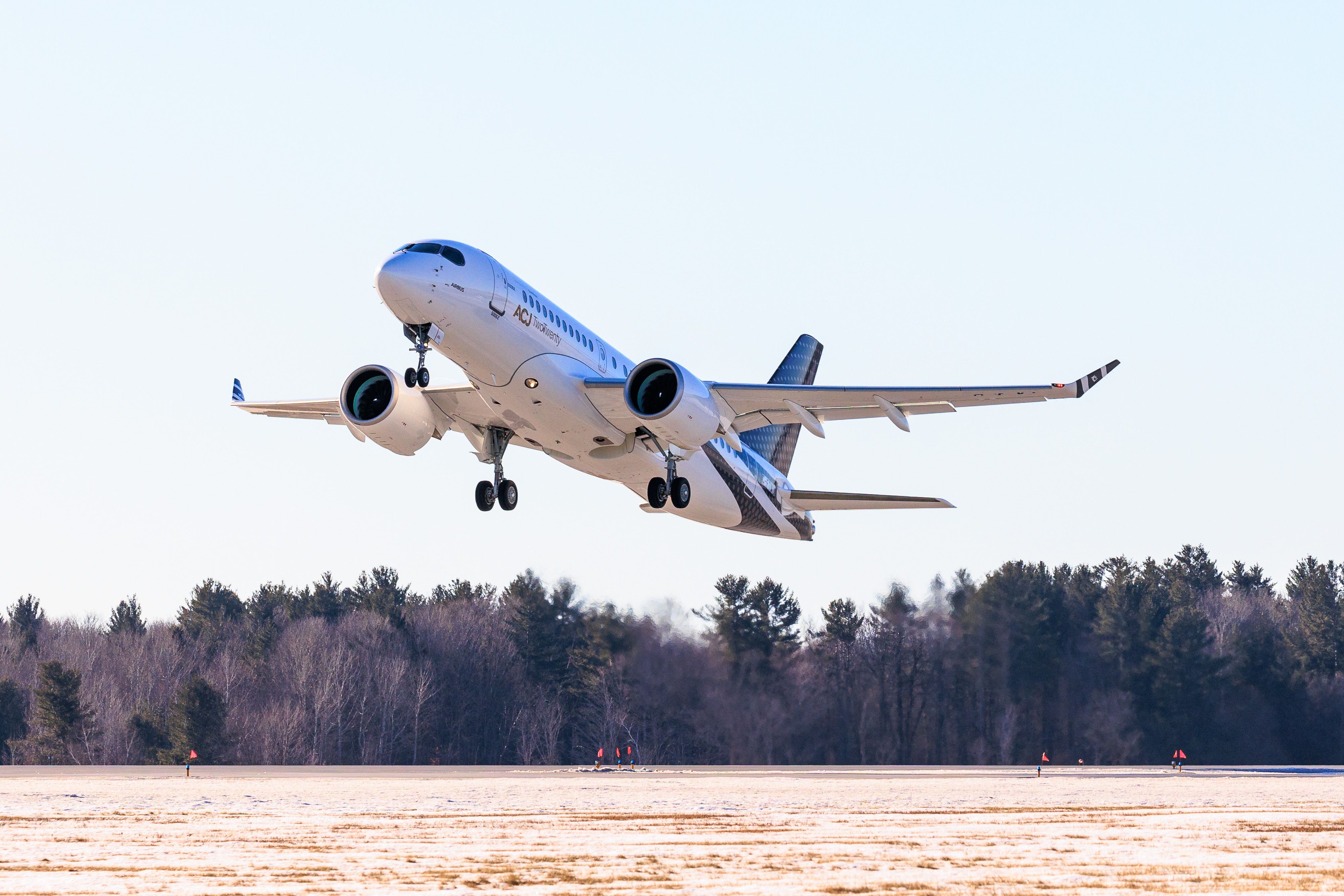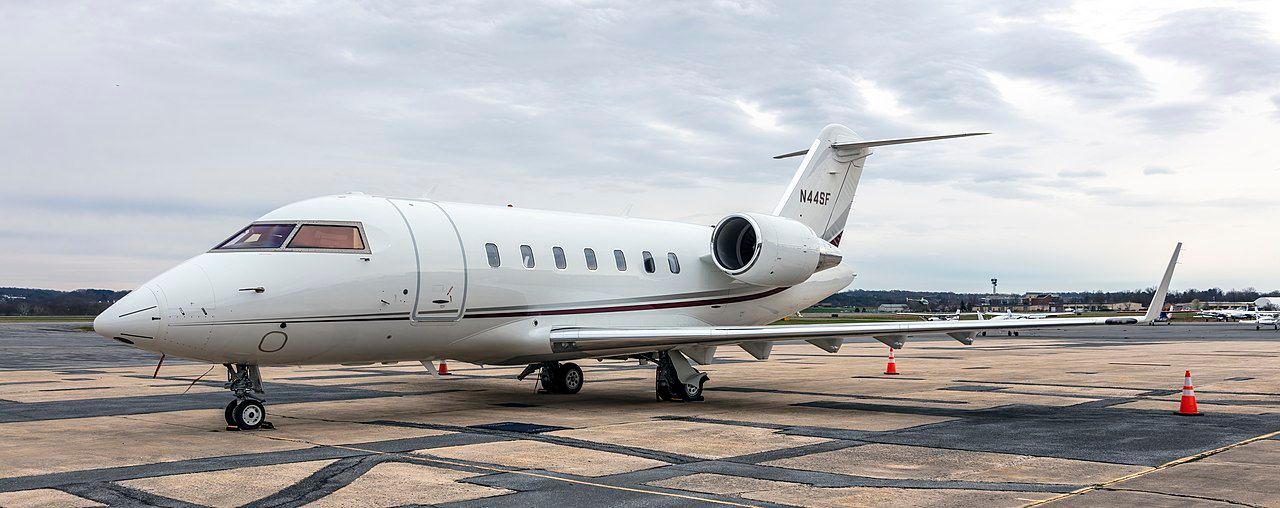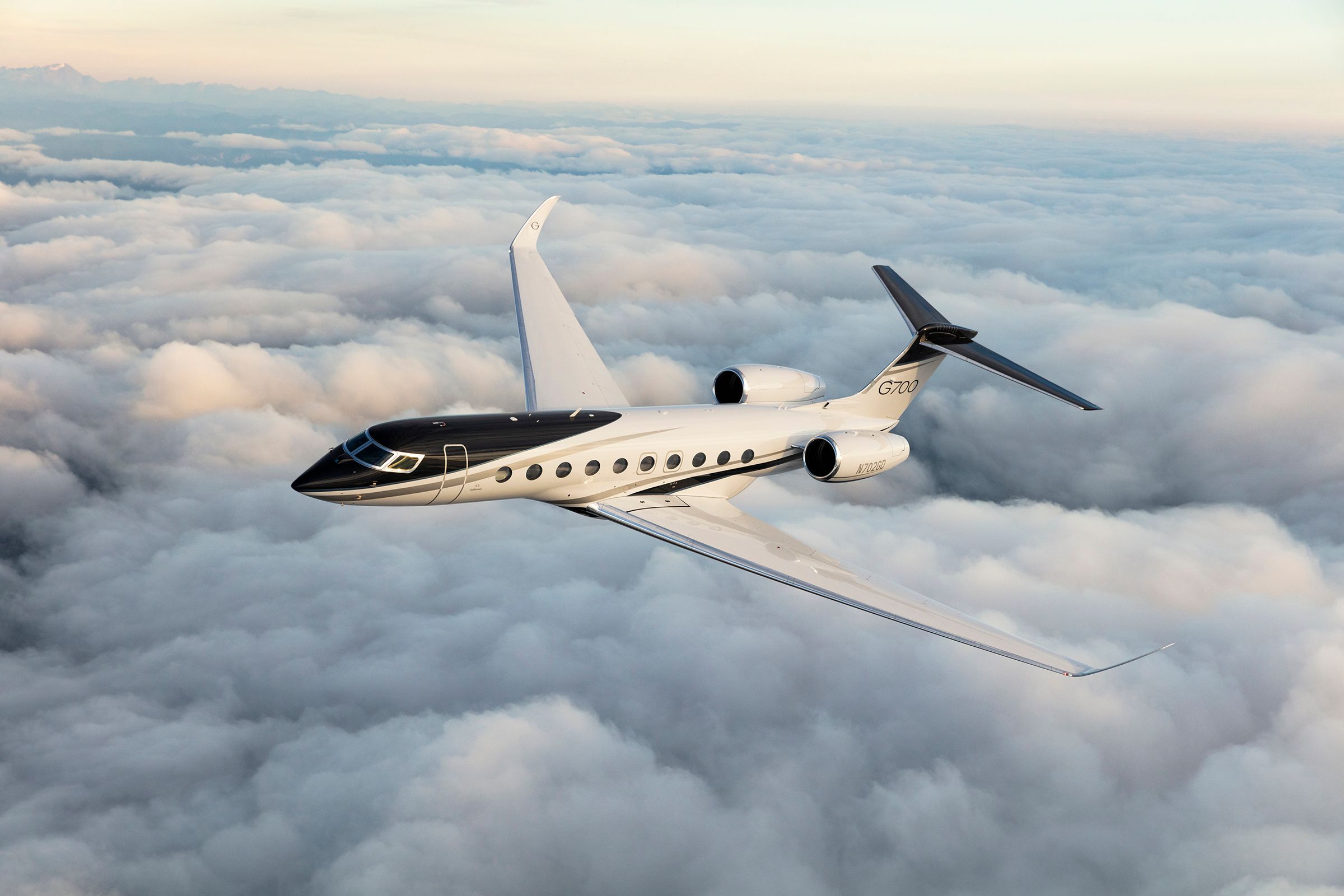Summary
- Private jet travel is popular among wealthy individuals, with top US companies spending millions on business jet travel for CEOs and executives in 2021.
- Engine manufacturers offer specialized engines for private jets, with CFM LEAP and CFM56 being used to power narrowbody private jets like Airbus A320 and Boeing 737-based jets.
- Other powerful narrowbody engines include Pratt & Whitney PW1000G and General Electric CF34, which are used in various jet models like the Airbus A220 and Bombardier Challenger. Rolls-Royce Pearl engines are also notable for their fuel efficiency and will power upcoming models like the Gulfstream G700 and Dassault Falcon 10X.
The use of private jets for those who can afford one is not only convenient but also time-effective. Large business owners and executives of multi-million dollar companies often travel via private jets. Top US companies spent nearly $34 million on business jet travel for CEOs and executives in 2021. With the ever-increasing demand and use of private jets, most engine manufacturers offer specialized engines for such jets.
While most private jets are smaller in size carrying 8-20 passengers, some extravagant executives and members of royal families convert commercial aircraft for personal use. From Boeing 787s and 747s to even the Airbus A380, the rich aspire to go big on their private air travel every now and then. For the purpose of this article, however, jet engines powering narrowbody private jets are discussed.
CFM International LEAP and CFM56
The CFM LEAP (-1A) is a high-bypass turbofan engine and a product of a 50-50 partnership between GE Aviation and Safran Aircraft Engines. The CFM LEAP is one of the most potent engines, powering the Airbus A320 family-based Corporate Jets (ACJ). While Airbus markets and completes corporate jet variants from its parent's airliner range, these typically include narrowbody aircraft. The LEAP-1A generates 32,160 lbf (143 kN) of takeoff thrust.
Boeing's 737-based Boeing Business Jets (BBJ) are primarily powered by both the CFM LEAP-1B (737 MAX) and the CFM56-5 (737 NG). Narrowbody BBJs are a high-performance derivative of the 737 Next Generation, capable of flying more than 6,000 nautical miles nonstop, offering more cabin space than traditional long-range business jets. The LEAP-1B generates 29,320 lbf (130 kN) of thrust, while the CFM56-5 generates 32,000 lbf (142 kN). Notably, Boeing also offers widebody business jets, including the 747, 777, and 787 BBJs.
Pratt & Whitney PW1000G
The Pratt & Whitney PW1000G is a high-bypass geared turbofan engine family produced to power the Airbus A220 family aircraft.
As such, the engine also powers the ACJ TwoTwenty, the latest of the Airbus corporate jet series. The engine variants (PW1500) can generate up to 33,000 lbf (147 kN) of thrust.
General Electric CF34
General Electric's CF34, originating from the TF34 military engine, powers several types of jets, including the Bombardier Challenger and CRJ series, Embraer E-jets, and COMAC ARJ21.
With more than 6,000 engines in service as of 2019, it is one of the most successful narrowbody engines in the market. The engine generates up to 20,360 lbf (90.6 kN) of takeoff thrust.
Get the latest aviation news straight to your inbox: Sign up for our newsletters today!
Rolls-Royce Pearl (10X and 700)
The Rolls-Royce Pearl engines are produced by the joint venture between Rolls-Royce and BMW, called BMW Rolls-Royce Aero Engines GmbH. The Pearl 700 was developed to power the Gulfstream G700. The engine produces up to 18,250 lbf (81 kN) of thrust, 3-5% better thrust-specific fuel consumption than the BR725 it originated from.
Rolls-Royce's Pearl 10X will power the forthcoming Dassault Falcon 10X with over 18,000 lbf (80 kN) of takeoff thrust. Rolled out in early 2022, the engine has been in testing since. The engine has completed over 1000 hours of successful tests and is set to showcase its new core and low-pressure systems for ultimate fuel efficiency. Rolls-Royce claims the engine allows 5% more efficiency than its previous business jet engines.
What are your thoughts on some of the most powerful narrowbody private/business jet engines? Tell us in the comments section.

